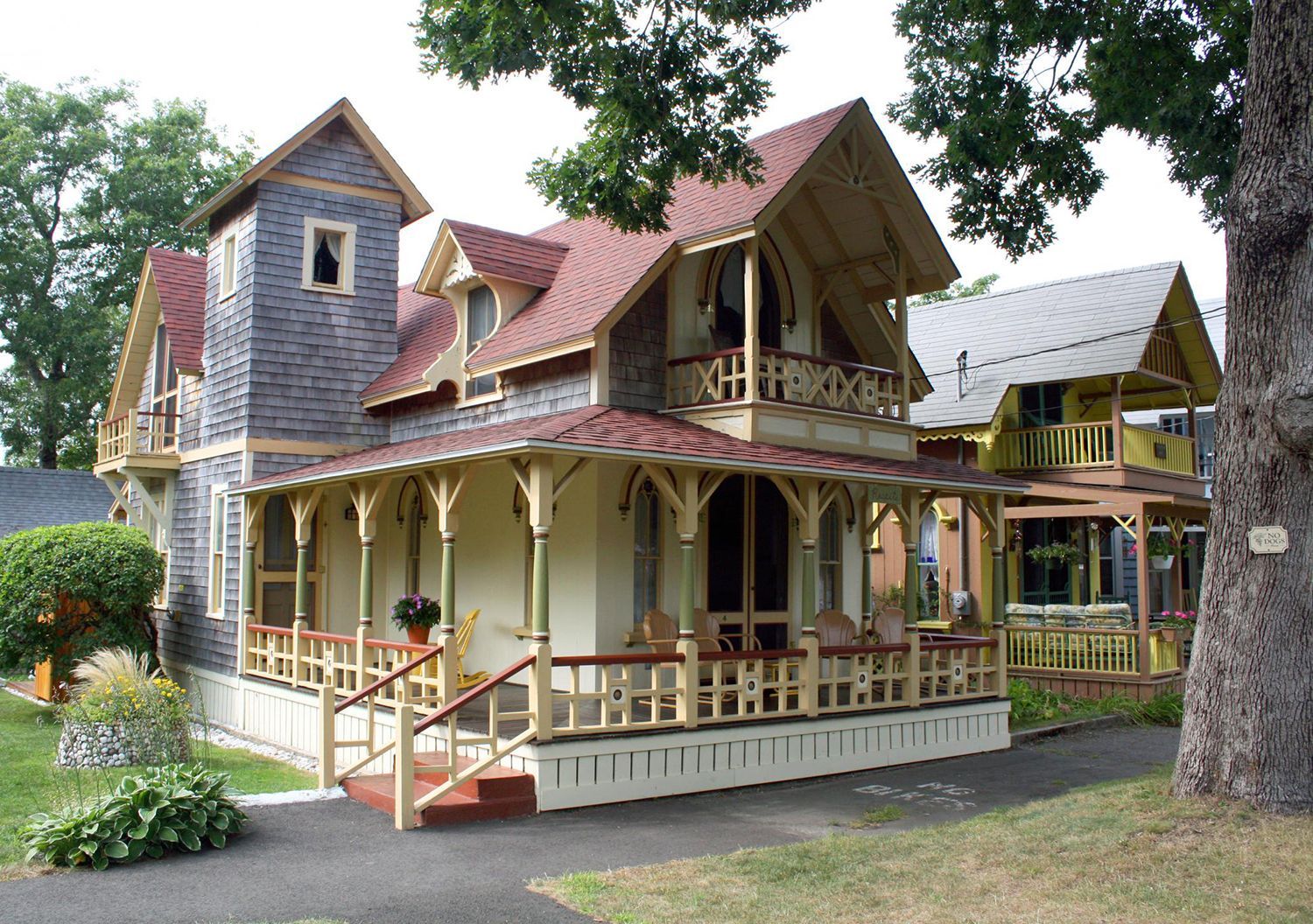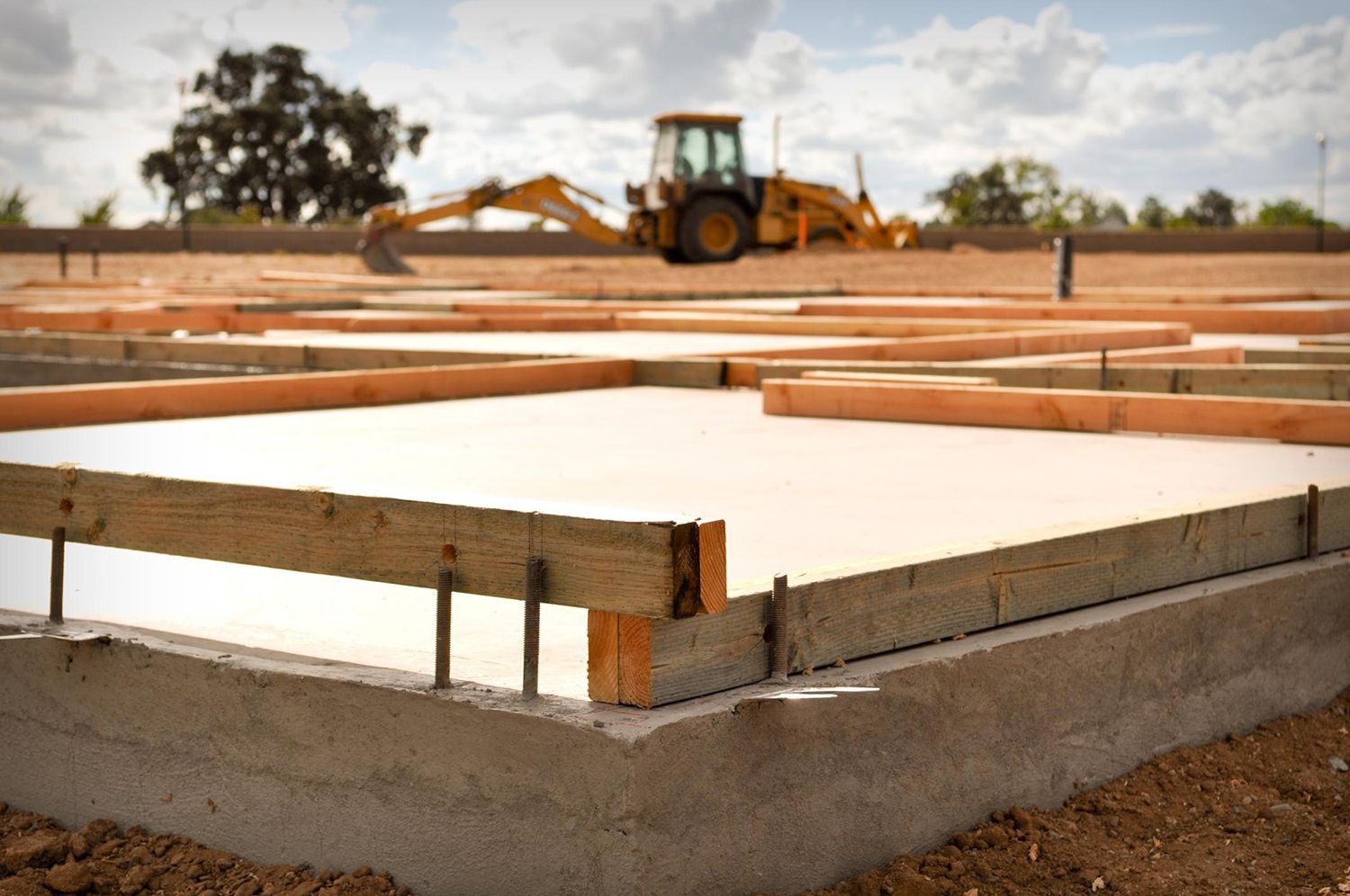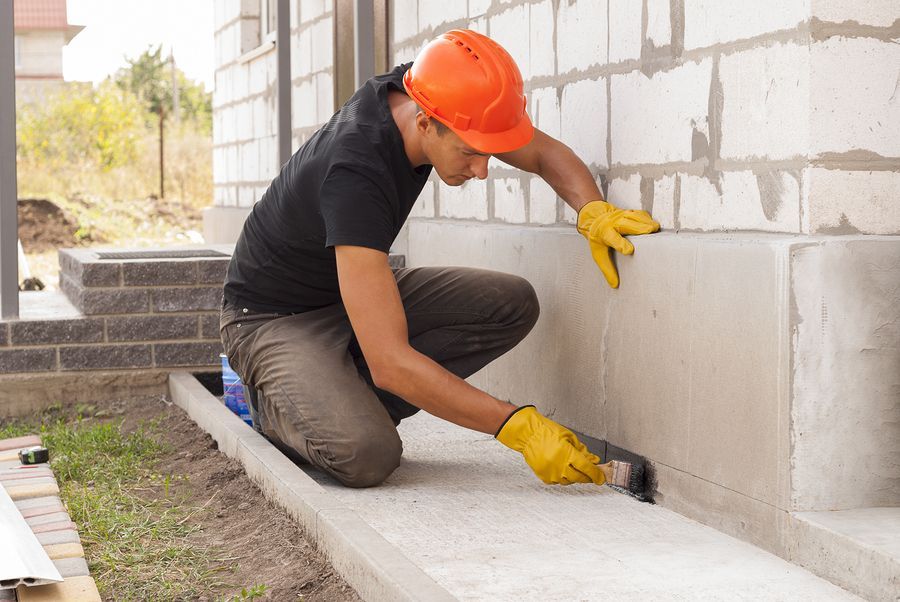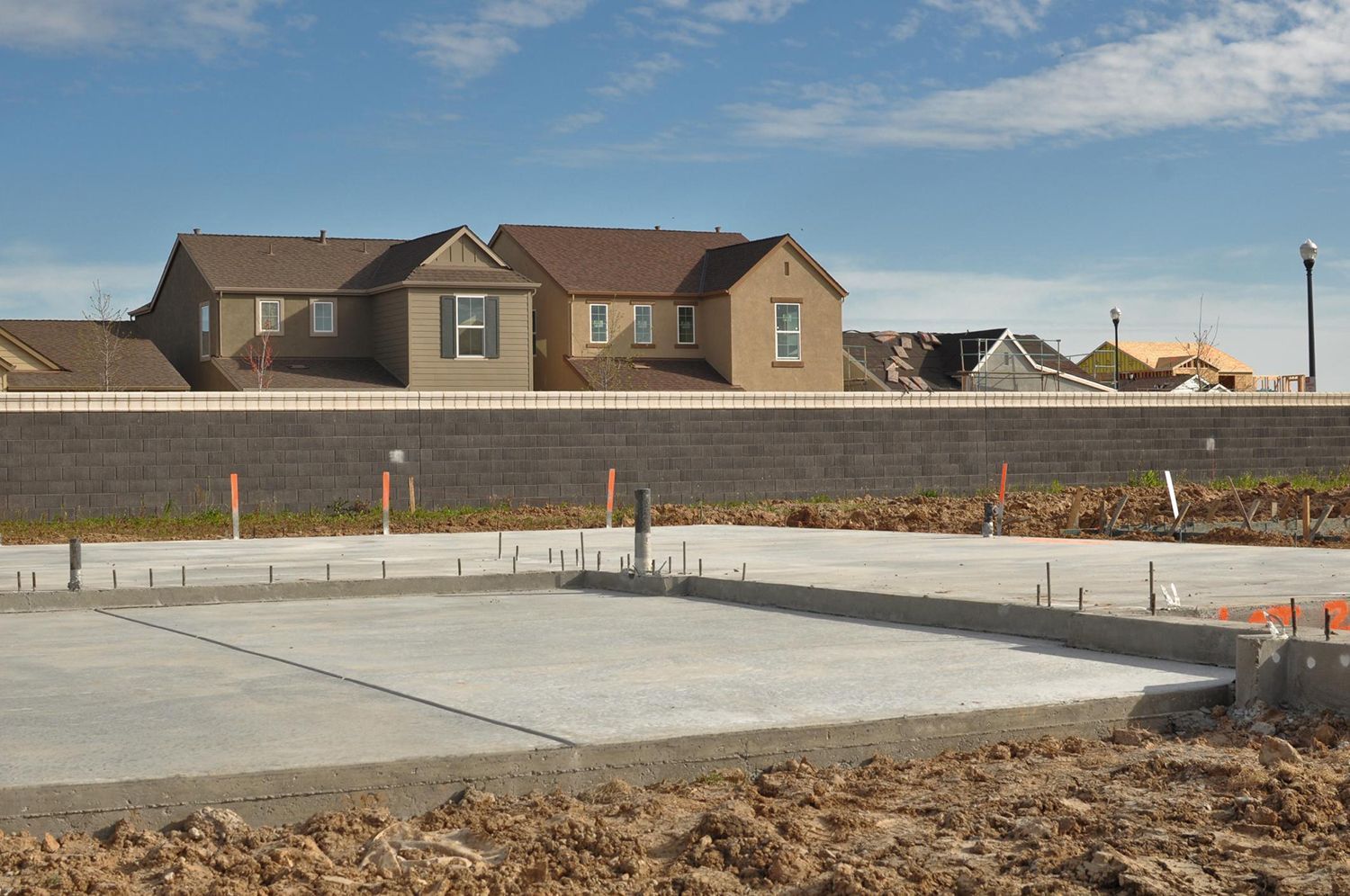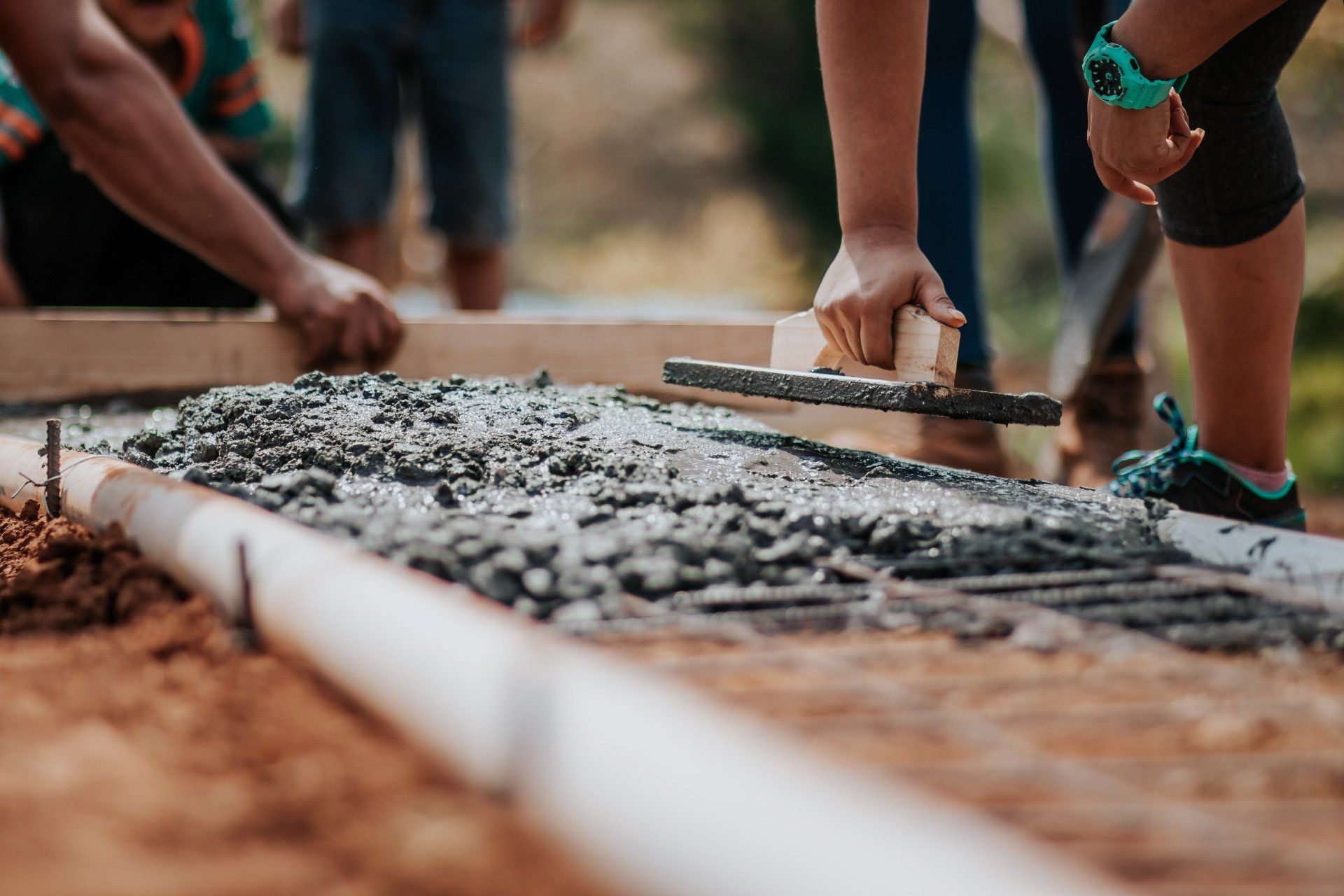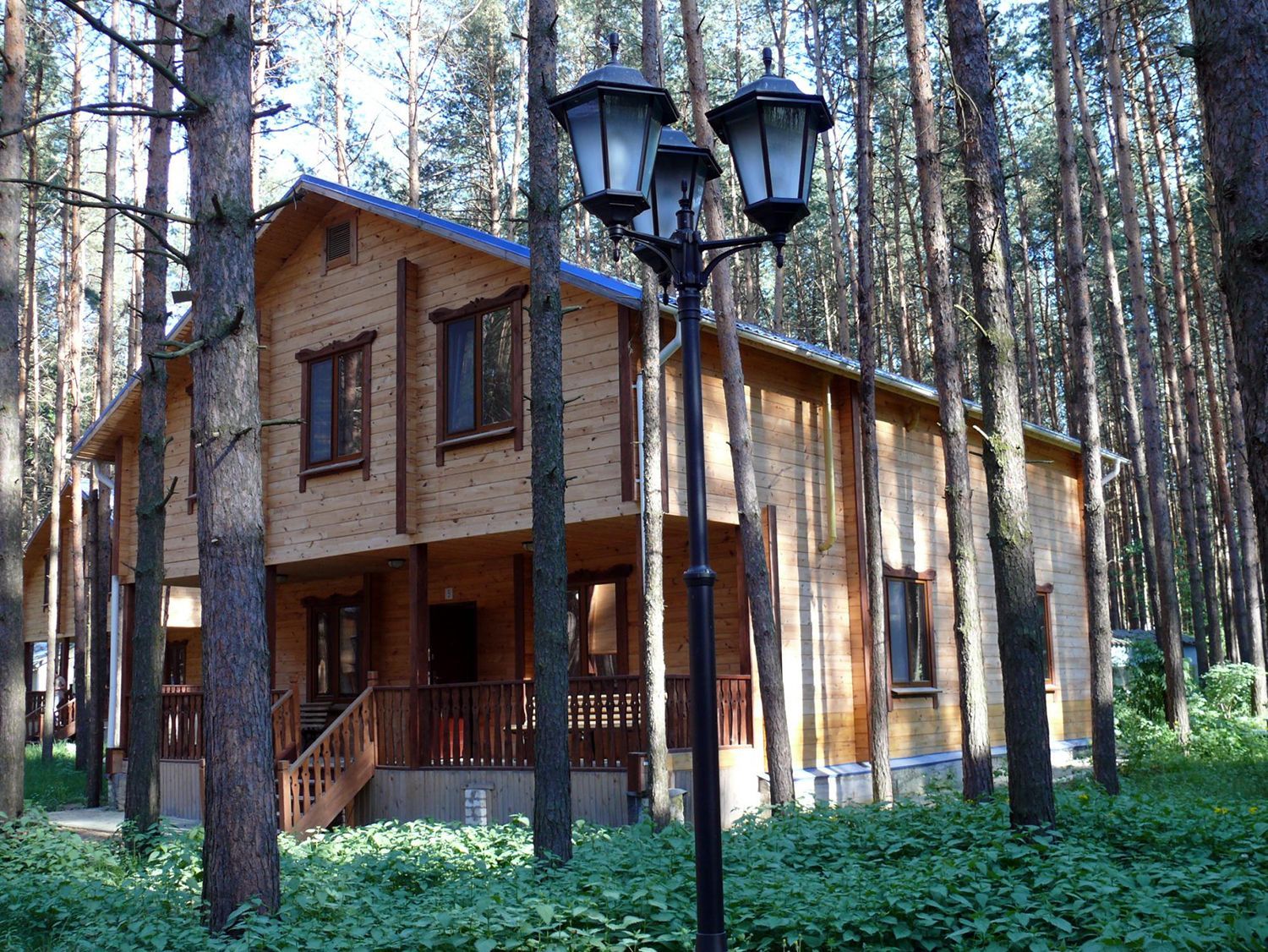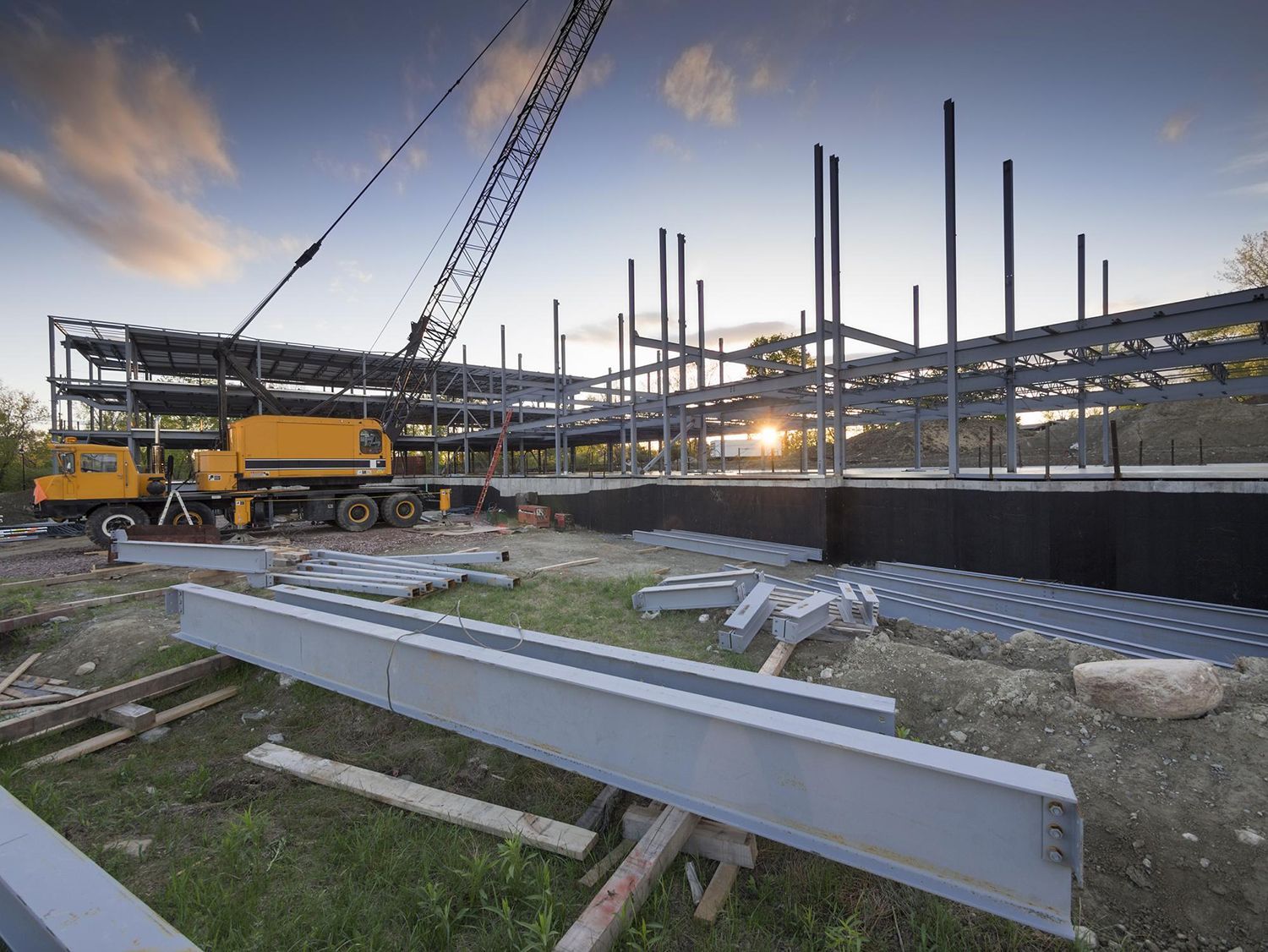Foundation Underpinning vs. Foundation Leveling
"A Comprehensive Guide to Foundation Repair Methods: Underpinning vs. Leveling"
Introduction
The foundation of your home is its bedrock, supporting everything above it. Over time, various factors can lead to foundation issues, such as settling, shifting, or even damage. When these problems arise, it's essential to address them promptly to ensure the stability and safety of your home. Two common methods for remedying foundation issues are
foundation underpinning and foundation leveling. In this comprehensive guide, we will delve into the world of foundation underpinning and foundation leveling, exploring their differences, costs, pros and cons, and when to choose each method. Whether you're facing foundation issues or want to understand how to maintain a stable foundation, read on to make informed decisions about the best approach for your home.
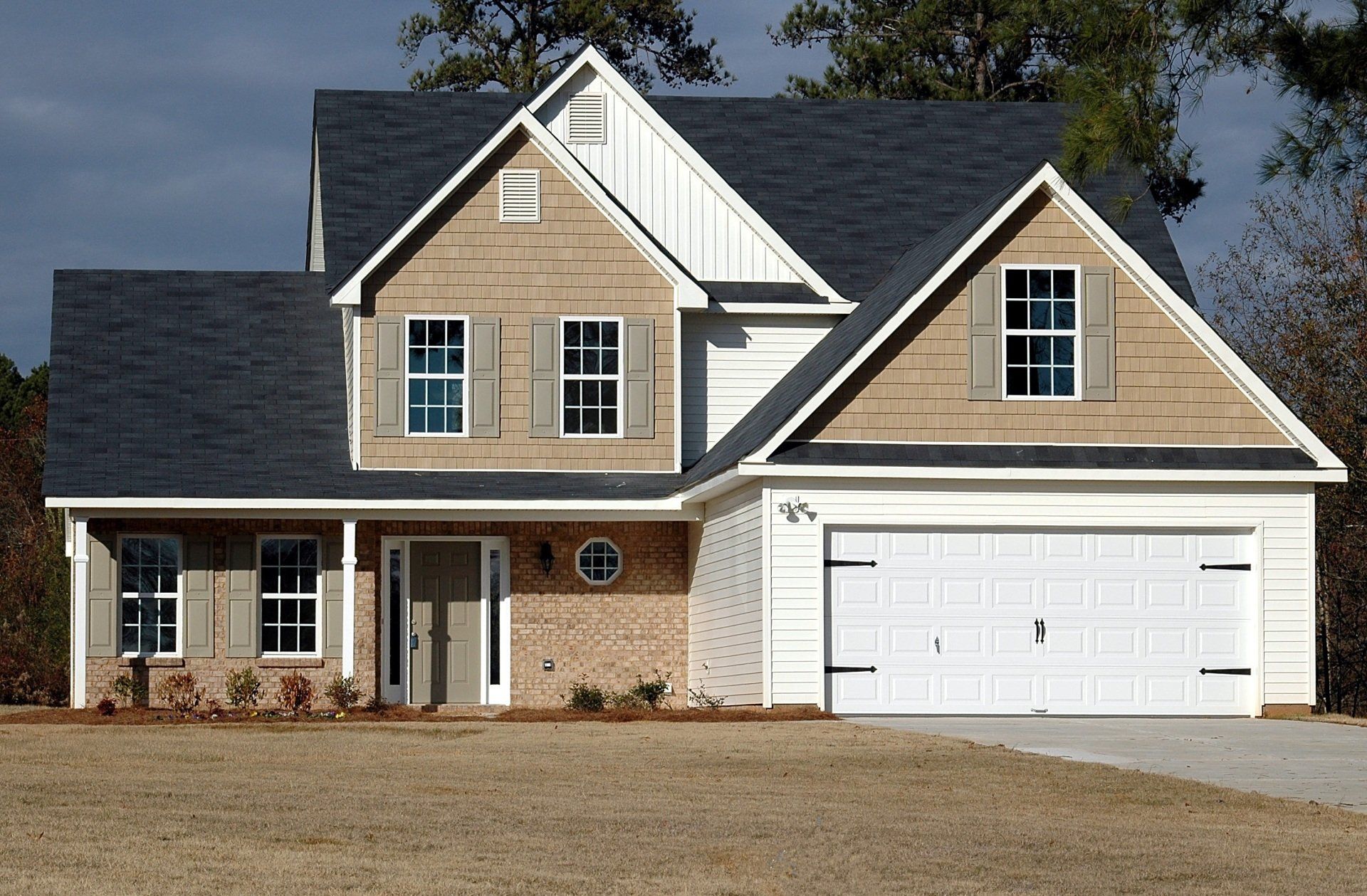
Understanding Foundation Underpinning and Foundation Leveling
Before we dive into the specifics of these two methods, let's first understand what foundation underpinning and foundation leveling entail:
Foundation Underpinning:
This method involves strengthening and stabilizing an existing foundation by adding support to its footings or piers. It is typically used to address issues related to foundation settlement, soil shifting, or the need for additional support due to structural changes or renovations.
Foundation Leveling:
Foundation leveling focuses on restoring a foundation to its original, level position. It aims to correct issues like uneven floors, sagging walls, and misaligned doors and windows by adjusting and supporting the foundation.
Foundation Underpinning vs. Foundation Leveling: The Key Differences
Now, let's explore the fundamental differences between these two
foundation repair methods:
Purpose:
Foundation Underpinning:
Primarily addresses structural deficiencies, such as settling, shifting, or inadequate support.
Foundation Leveling: Focuses on restoring the level and even position of the foundation to correct visible structural issues.
Techniques:
Foundation Underpinning: Typically involves adding piers, piles, or other structural elements to enhance support and stability.
Foundation Leveling: Utilizes adjustments like hydraulic jacks or shims to level and support the existing foundation.
Scope:
Foundation Underpinning:
Often considered a more extensive and involved process, as it may require excavation and structural modifications.
Foundation Leveling: Typically a less invasive method that focuses on adjusting the foundation within its existing footprint.
Cost:
Foundation Underpinning:
Generally more expensive due to the complexity of adding new structural elements and excavation work.
Foundation Leveling: Typically more cost-effective, especially for addressing minor settlement or leveling issues.
Foundation Underpinning vs. Foundation Leveling: The Pros and Cons
Both foundation underpinning and foundation leveling offer unique advantages and disadvantages:
Foundation Underpinning Pros:
- Effective for addressing severe settlement or structural issues.
- Provides long-lasting stability and support.
- May increase the load-bearing capacity of the foundation.
- Suitable for extensive renovations or changes in structural loads.
Foundation Underpinning Cons:
- Generally more expensive than foundation leveling.
- Involves excavation and can disrupt landscaping and structures around the foundation.
- Requires skilled contractors to ensure proper installation.
- May lead to cosmetic changes or damage to the structure during installation.
Foundation Leveling Pros:
- Cost-effective for addressing minor settlement or leveling problems.
- Minimal disruption to the surrounding area and structures.
- Typically faster to complete than underpinning.
- May improve the appearance of floors, walls, and doors.
Foundation Leveling Cons:
- Less suitable for addressing severe structural deficiencies.
- May not provide a permanent solution for significant settlement issues.
- The success of leveling can depend on the quality of the existing foundation.
Foundation Underpinning vs. Foundation Leveling Cost
The cost of foundation underpinning and foundation leveling can vary widely depending on factors such as the extent of the problem, the chosen method, the size and type of the foundation, and local labor and material costs. On average, homeowners can expect to pay between $1,000 and $5,000 per pier for foundation underpinning, while
foundation leveling costs typically range from $500 to $3,000.
Factors influencing the cost of each method include:
Foundation Underpinning Cost Factors:
- The number of piers or structural elements required.
- The complexity of the underpinning process, including excavation and structural modifications.
- The type of foundation, such as slab, crawl space, or basement.
- Permit and inspection fees, which can vary by location.
Foundation Leveling Cost Factors:
- The extent of foundation settlement or leveling required.
- The method chosen for leveling, such as hydraulic jacks or shims.
- The size and type of the foundation.
- Local labor and material costs.
When to Choose Foundation Underpinning or Foundation Leveling
Choosing between
foundation underpinning and foundation leveling depends on the specific issues you're facing with your foundation. Here are some guidelines to help you make the right decision:
Choose Foundation Underpinning If:
- Your foundation has significant settlement or structural problems.
- There is visible damage to the foundation, such as cracks or tilting.
- You are planning extensive renovations or changes to the structure.
- The foundation lacks adequate support or is showing signs of instability.
Choose Foundation Leveling If:
- Your foundation has minor settling issues resulting in uneven floors or doors.
- The cosmetic appearance of your home is a concern.
- You want a cost-effective solution for minor leveling problems.
- You want to improve the overall comfort and appearance of your home.
Conclusion
Maintaining a stable and structurally sound foundation is essential for the long-term health of your home. Whether you choose foundation underpinning or foundation leveling depends on the severity of the issues you're facing and your specific goals.
Understanding the differences, costs, and pros and cons of each method empowers homeowners to make informed decisions about
foundation repair. By recognizing when to choose foundation underpinning for structural problems or foundation leveling for minor settling, you can protect your investment and ensure the stability and safety of your home.
In a world where the foundation is the bedrock of your home's stability, the choice between underpinning and leveling can make all the difference in maintaining a comfortable and secure living environment.

